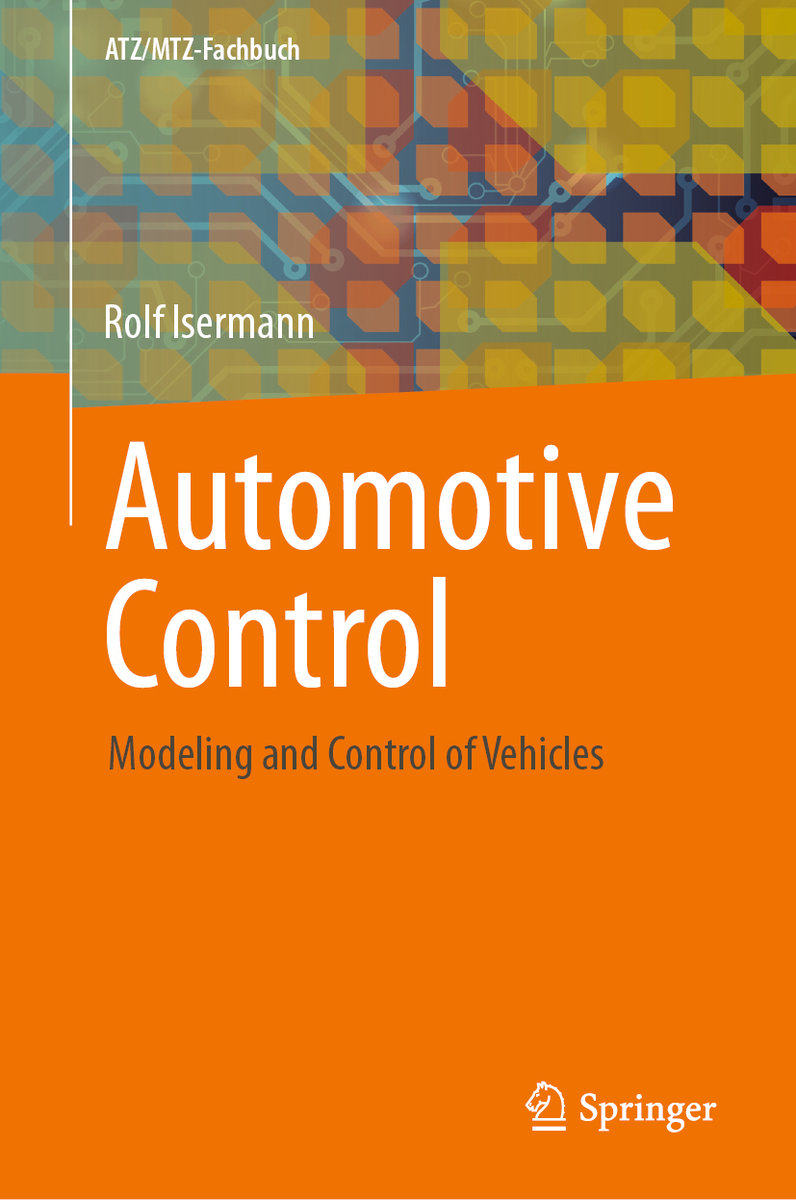The introduction of mechatronic components for the powertrain, steering and braking systems opened the way to automatic driving functions. Together with internal and environmental sensors and computer systems, various driver assistance systems have been developed for improving driving comfort and safety.
Automatic driving control functions require well-designed vehicle properties and precise mathematical models for the stationary and dynamic vehicle behavior. The book first introduces theoretically derived models for the tire traction and force transfer, longitudinal, lateral linear and nonlinear one-track and two-track models, and models for the roll and pitch dynamic behavior and related components, like suspensions, brake and steering systems.
These models are then used for the identification of unknown parameters and for state-variable estimation of not measurable states, also in dependence on different road conditions, vehicle velocity and load. Based on these adapted mathematical models control systems are developed for hydraulic electro-hydraulic (EHB) and electromechanical brakes (EMB) with ABS, for hydraulic and electrical power steering systems (EPS) and for active suspensions. Many experimental investigations with different vehicles and test benches show the application and the obtained practical results.
Then advanced driver assistance systems (ADAS) like traction control (TCS), electronic stability control (ESC) and lane keeping assistance are considered. The treatment of automatic driving control begins with a classification of evolving automation degrees and describes longitudinal velocity and distance control (ACC), lateral path control on straight and curved lanes and lane change and merging control. Then anticollision control systems are designed and tested experimentally with emergency braking and emergency steering and avoiding of overtaking accidents.
The book is dedicated to automotive engineers as well as to graduatestudents of mechanical, electrical and mechatronic engineering and computer science.
The Author
Rolf Isermann studied Mechanical Engineering, obtained the Dr.-Ing. degree in 1965 and became 1972 Professor at the Technical University of Stuttgart. From 1977 - 2006 he was Professor for Control Systems and Process Automation at the Darmstadt University of Technology and is since 2006 Professor emeritus and head of a research group. He received Dr.h.c. (honoris causa) degrees from L`Université Libre de Bruxelles and from the Polytechnic University in Bucharest and was awarded by VDE, VDI and IFAC for his scientific and leading contributions. In 2003 the MIT Technology Review Magazine awarded him to the Top Ten of Emerging Technologies in Mechatronics and 2010 he received the ASME Rufus Oldenburger Medal. 2020 he obtained the Federal Cross of Merit from the German State President.



